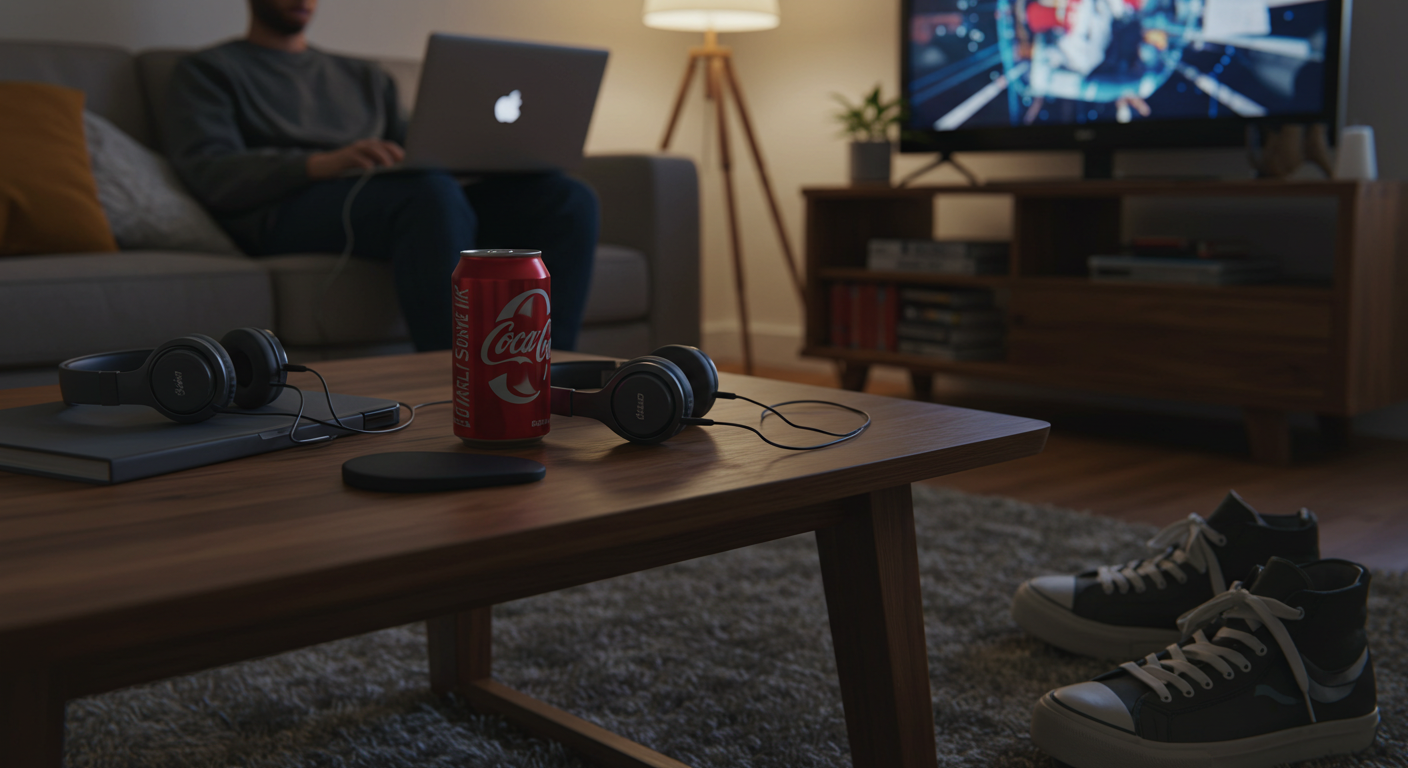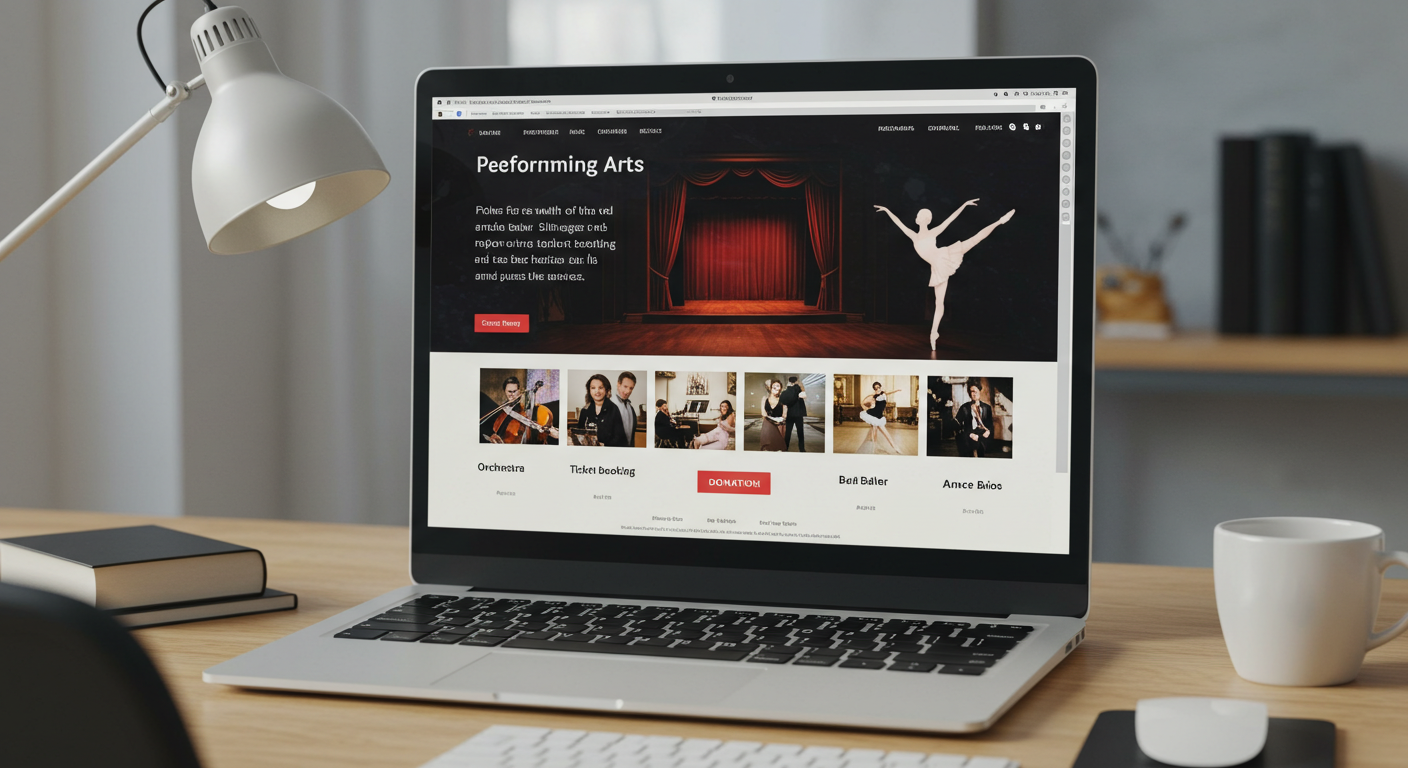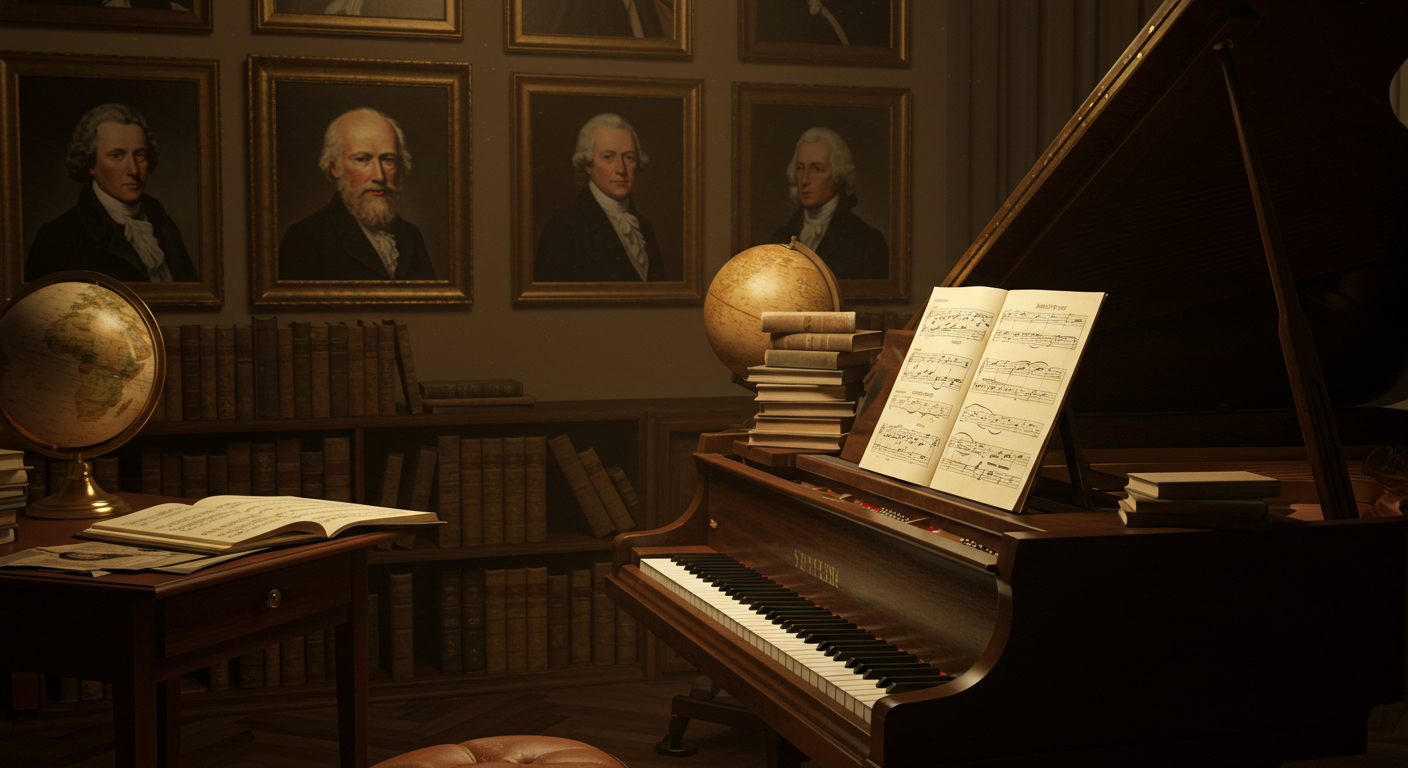The Psychology Behind Successful Product Placement

You might think you’re immune to subtle advertising, but have you ever finished a movie only to crave the same car, drink or sneakers your favorite character just flaunted on screen? That’s not an accident, it’s the silent power of clever product placement at work.
In today’s world, where ads are skipped in seconds, brands don’t just shout their names, they quietly slide into your favorite scenes, shows and songs. But what’s really happening inside your mind when you spot that drink, car or logo? And why does it work so well without you even noticing?
Let’s pull back the curtain and see how brands turn everyday stories into powerful persuasion by weaving their products into the entertainment you love.
What Is Product Placement
At its simplest, product placement is when a brand pays to have its product featured naturally in entertainment. Unlike traditional ads that disrupt our shows, product placements blend into the story.
Think of James Bond and his iconic cars. Or a character in a sitcom sipping coffee from a branded cup. These subtle moments stick because they don’t feel like ads; they feel like real life.
The Power of Association
One big reason product placement works is association. Our brains link products with the emotions we feel during a scene. If a hero drinks a certain soda while saving the day, we might connect that drink with confidence and excitement.
Brands plan this carefully. They want their products shown with characters we admire, in moments that spark emotion. It’s marketing that doesn’t feel like marketing.
As advertising legend David Ogilvy once said, “The consumer isn’t a moron, she is your wife.” People are smart; they don’t want to be sold to. Product placement respects that by blending into what we already enjoy.
Subtlety Makes It Work
The trick with good placement is subtlety. If it’s too obvious, it feels fake. If it’s too hidden, it might not stick at all.
The best placements are believable but memorable. You might see a character using a certain phone or laptop, no one mentions it, but you notice. Later, that brand is on your mind when you shop.
It’s Everywhere
Movies aren’t the only place you’ll find product placement. Music videos, streaming shows, games, and even influencers use it to connect products with stories.
Video games use real brands on billboards or clothing to make virtual worlds feel real. Shows sometimes rely on placement deals to keep production budgets strong without running long ad breaks.
It Builds Trust
Another reason placement works is trust. Seeing a beloved character use a product feels like a recommendation. It’s not an ad telling you to buy, it’s a moment showing you how the product fits into a lifestyle.
This trust is tough to get from a standard commercial, but happens naturally when you’re lost in a good story.
When It Goes Wrong
Not every placement works well. If it feels forced, people notice. A sudden close-up of a logo can break the story and annoy viewers.
The best placements fit the scene. A detective drinking coffee on a stakeout feels right. A product that’s awkwardly shoved in just for attention usually backfires.
Measuring Impact
Brands measure how placement works by tracking how often people see it, remember it, or talk about it. They look for sales spikes after big scenes and monitor buzz online.
It’s a subtle art backed by smart data because just being on screen isn’t enough. It has to land with the right audience at the right moment.
Why It’s Growing
As people skip ads or use streaming services without commercials, placement becomes more important. You can’t fast-forward a drink in a character’s hand or a car chase showing off the latest model.
Today, placement works because it respects the audience’s desire for good content, not interruptions.
How to Do It Right
If you’re a brand or storyteller, don’t just stick a logo somewhere. Make sure your product naturally fits the scene. Does it add realism? Does it match the characters? The more believable it feels, the better it works.
You can even read clear guidelines about transparency in media at Federal Trade Commission, a reminder that smart placement stays honest and earns trust.
A Smart Marketing Move
When done well, product placement can reach millions without feeling pushy. It taps into how we see heroes, stories and lifestyle. It’s more powerful than a pop-up ad because we invite it in when we watch our favorite shows and movies.
Next time you notice a product on screen, think about why it’s there and why you remembered it. You’ll see the psychology at work.
Final Thoughts
Product placement isn’t going away anytime soon. It respects our desire for stories, blends brands into moments we love, and helps marketers reach people in ways they appreciate.
If you’re a marketer, the lesson is simple: meet people where they already are, inside stories they care about. Done right, your product becomes part of the moment and maybe part of someone’s next shopping list too.
So, next movie night, pay attention. You’ll spot the art behind the subtle sale.
Note: IndiBlogHub features both user-submitted and editorial content. We do not verify third-party contributions. Read our Disclaimer and Privacy Policyfor details.





